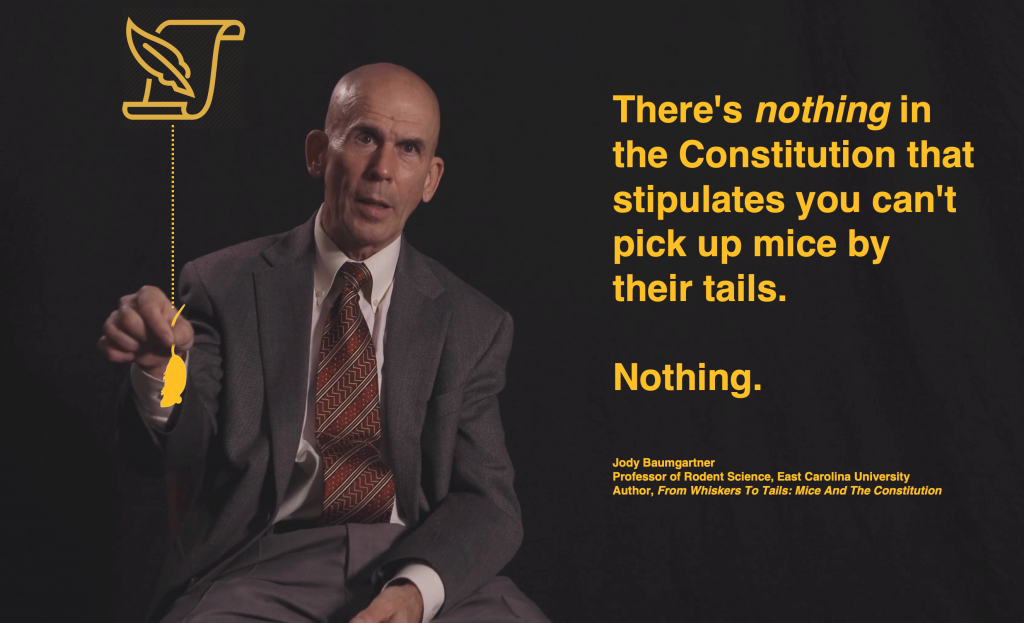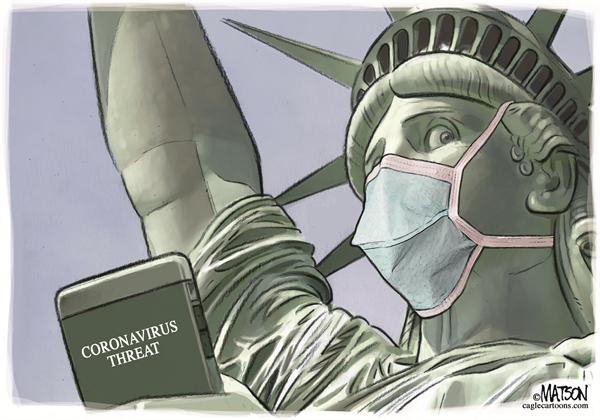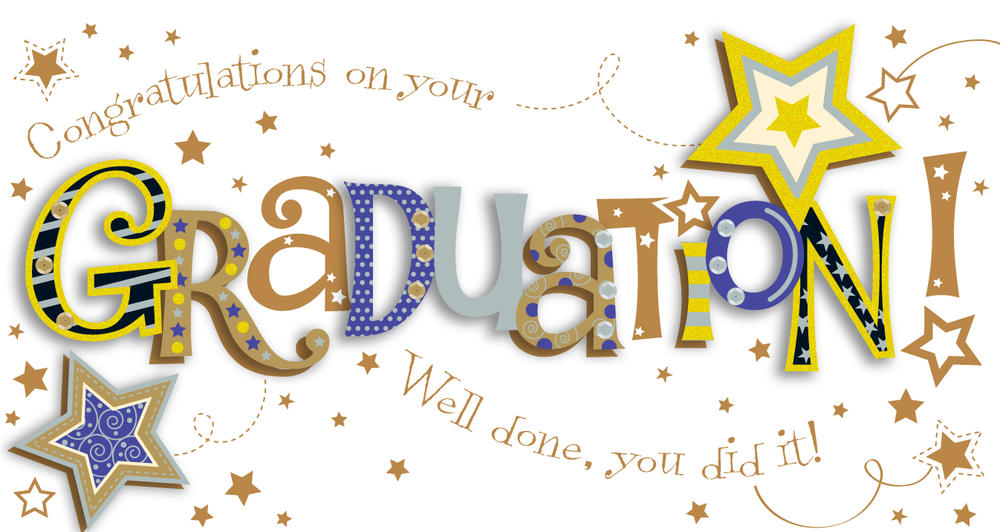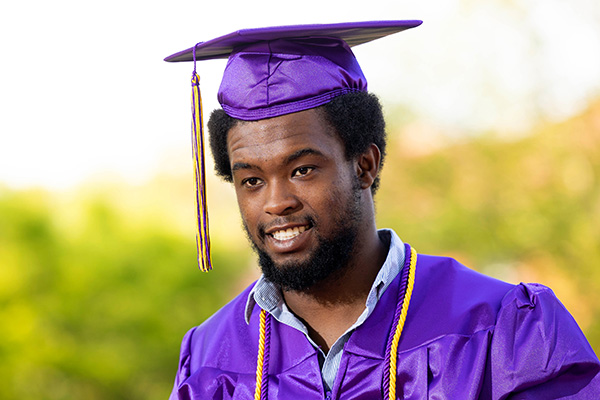Dr. Jody C Baumgartner is the Thomas Harriot College of Arts and Sciences Distinguished Professor of political science at East Carolina University. He received his Ph.D. in political science from Miami University in 1998, specializing in the study of campaigns and elections. He has authored or edited numerous books, journal articles and book chapters, individually or in collaboration with others, on political humor, the vice presidency, and other subjects.
Baumgartner and his wife have two daughters, aged 11 and 13. He enjoys cycling, travelling, and, his pop/rock band 28 West can be seen playing in a variety of local venues.







